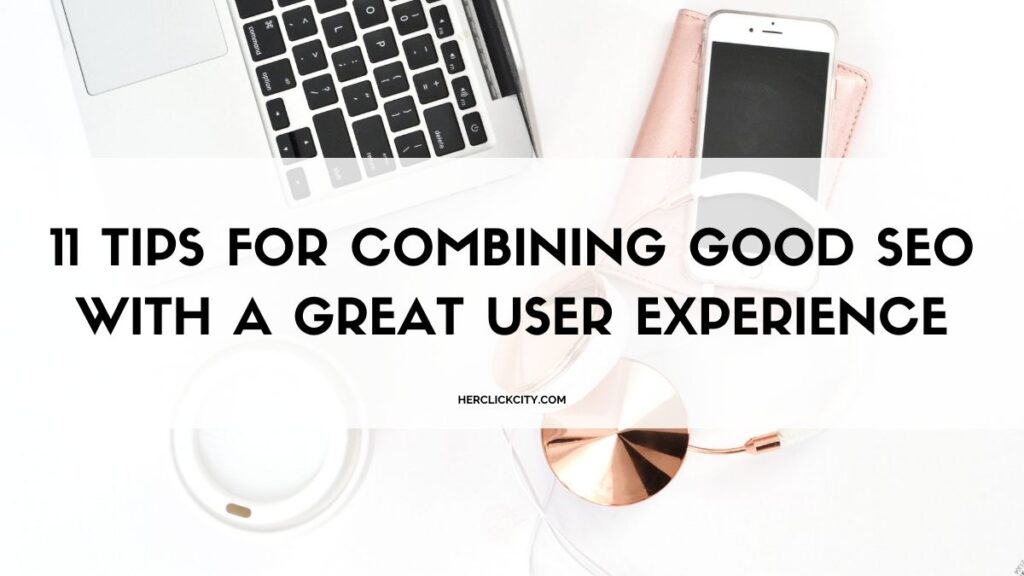It’s easy to get carried away with search engine optimization to the point that it affects the user experience on your website or content. While fine-tuning your SEO, don’t forget that your audience, your human readers come first, not the search engine bots. Creating a great user experience also contributes to good SEO.
1. Users come first
Search engines are important, but your users are crucial. Users are your audience, the people you want to help, and possibly convert them to customers or clients. So, if any part of your SEO doesn’t feel right to your audience and you think it might annoy them, don’t do it. However, test it first to see what happens. You can always change something.
2. Make your website responsive
I never tire of saying it, but nowadays, all websites must be responsive. One reason is that search engines prefer mobile responsive sites. Another reason is that users are more likely to use mobile devices to read the emails you send, which means they are more likely to click through to your website via email from a mobile device.
3. Maintain clarity
You want the information on your website to be very clear. When someone visits your site, there should be no doubt that it is your site, why you are there, and what you offer. It’s best to fill your website with content that speaks directly to your users.
4. Content is king
From your home page to your about page to your blog, your website content is very important. You need to publish relevant, customer-focused and customer-oriented content on a regular basis. It’s this content that will improve your SEO the most.
5. Include a call-to-action
Your content should entertain or educate your audience, but it should also be useful to you. This is why you should always include a call-to-action (CTA). A CTA, in some form, should be on every page of your website. Whether it’s “Share,” “Subscribe,” “Buy,” or something else, tell your audience what to do next based on the page they are on.
6. Remove clutter from your website
You’ve probably accidentally clicked on a link that looked like an interesting, information-rich article, but ended up on a page so full of ads and links that you couldn’t enjoy the content. Don’t fill up your web pages with popups, banners, and ads. This hurts your SEO and degrades the user experience.
7. Build trust
With your website, social media, and other content, building trust with your audience is critical. The best way to do this is to make sure the content you create or share is accurate. If your audience encounters inaccuracies and problems, they will lose their trust in you.
8. Benefits before features
When describing products or services on your website, focus on what your target audience/users want to know. They are not interested in you; they are interested in how your product or service can benefit them. Focus on that.
9. Color is important
The colors that you use on your website should be consistent, and they should match your brand identity. Don’t just use any random color you feel like for the day. Also consider color psychology and how the colors you choose affect your user’s mood and decisions.
10. Use images wisely
If you use images, be careful not to overload the page with too many, as they could slow down your site. Also, don’t forget to include alt tag information – this helps search engines to know what your image is about. Alt tags can also help your audience if, for some reason, they can’t see the image.
11. Test everything
The great thing about working online is that you can change it at any time. If you test something and your users don’t like it because you get emails or see negative comments online, you can fix the problem and let them know. You don’t need to have everything in perfect form before you publish.
You can’t go wrong with engaging your users. If the SEO you use makes someone click on a link but they don’t find what they expect to find (or something better), they will be disappointed and abandon the page. If people frequently abandon your page, it means you have a high bounce rate, and that’s bad for your SEO.
Create value for your audience, add the technical aspects of SEO and then think about your audience by creating the content and information they need to solve their problems.

